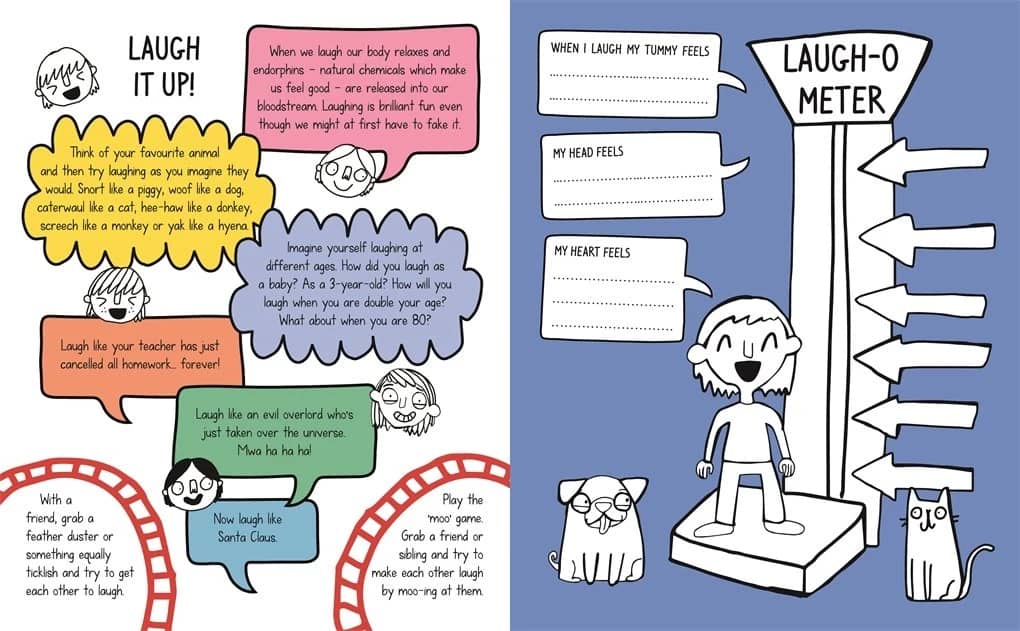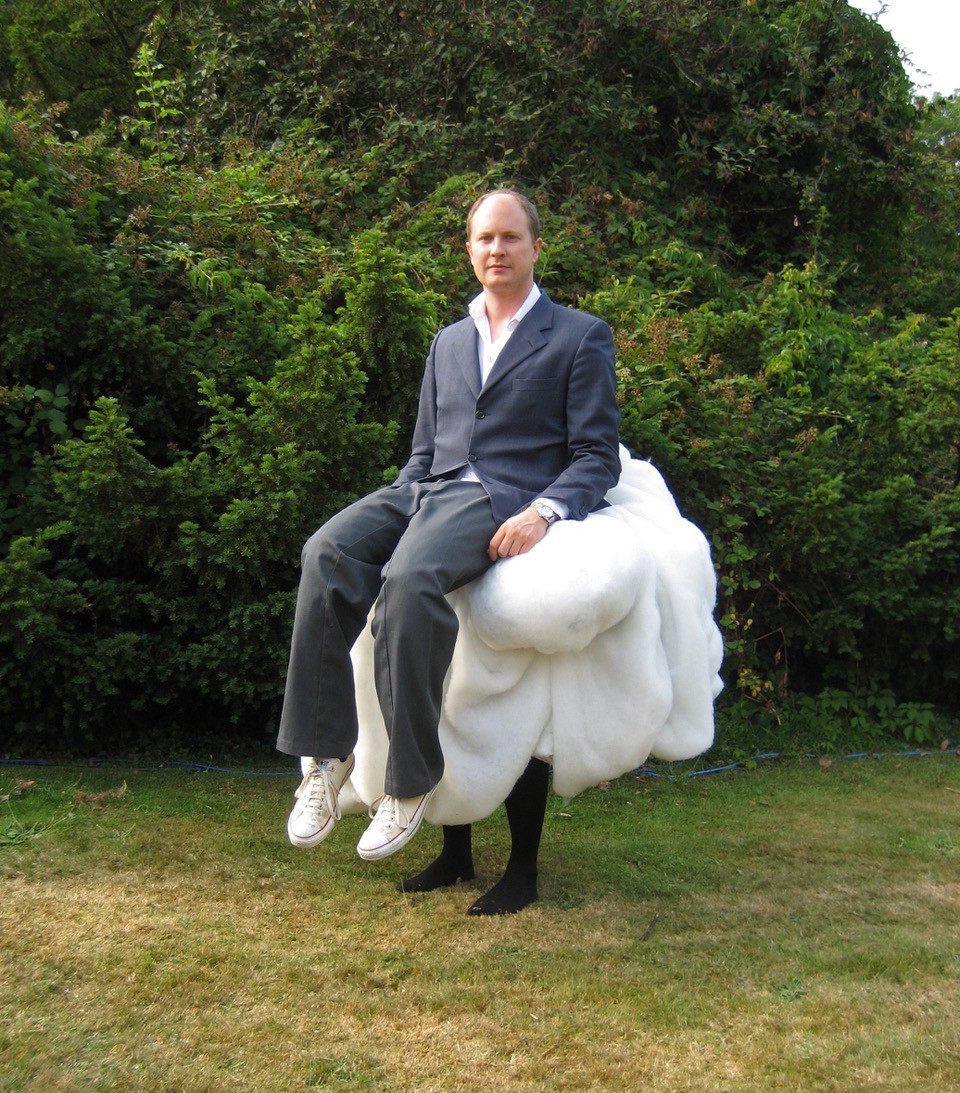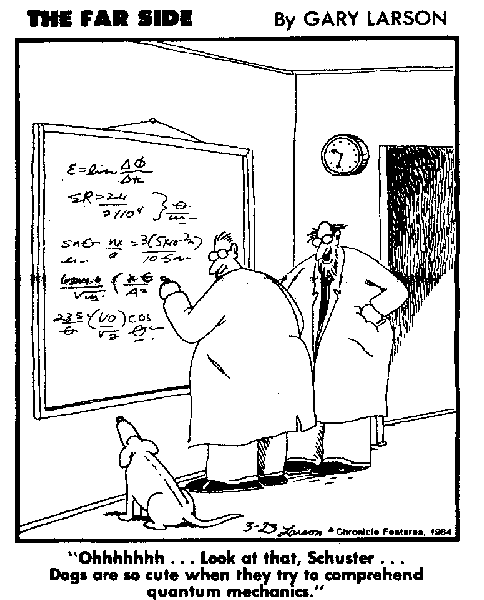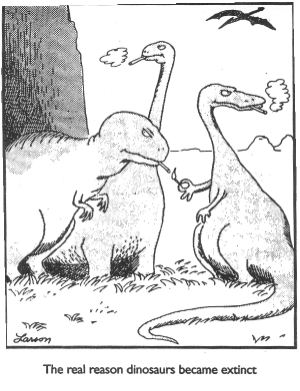
-

"Wisdom is not the product of schooling but the lifelong attempt to acquire it." - Albert Einstein
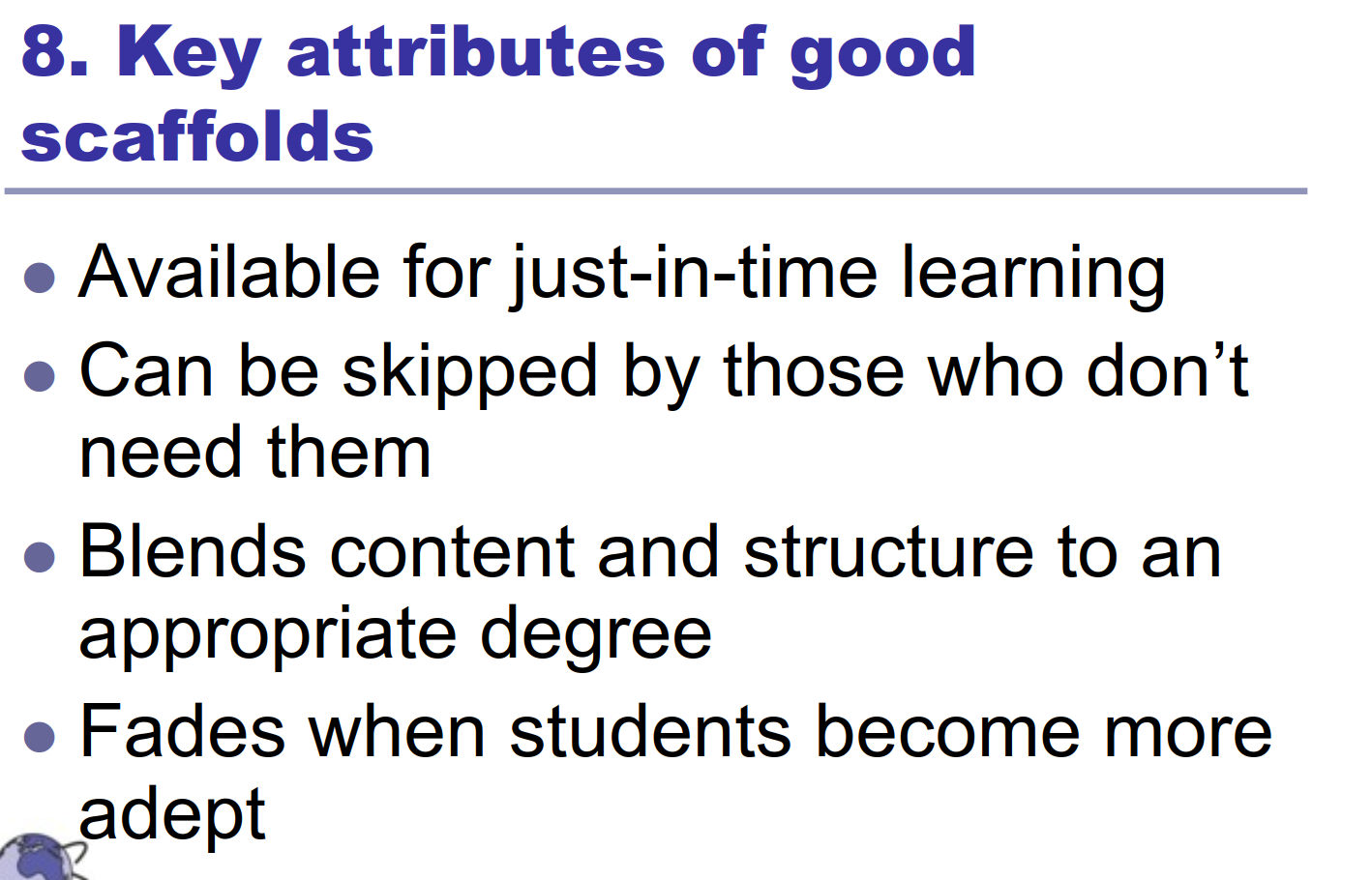
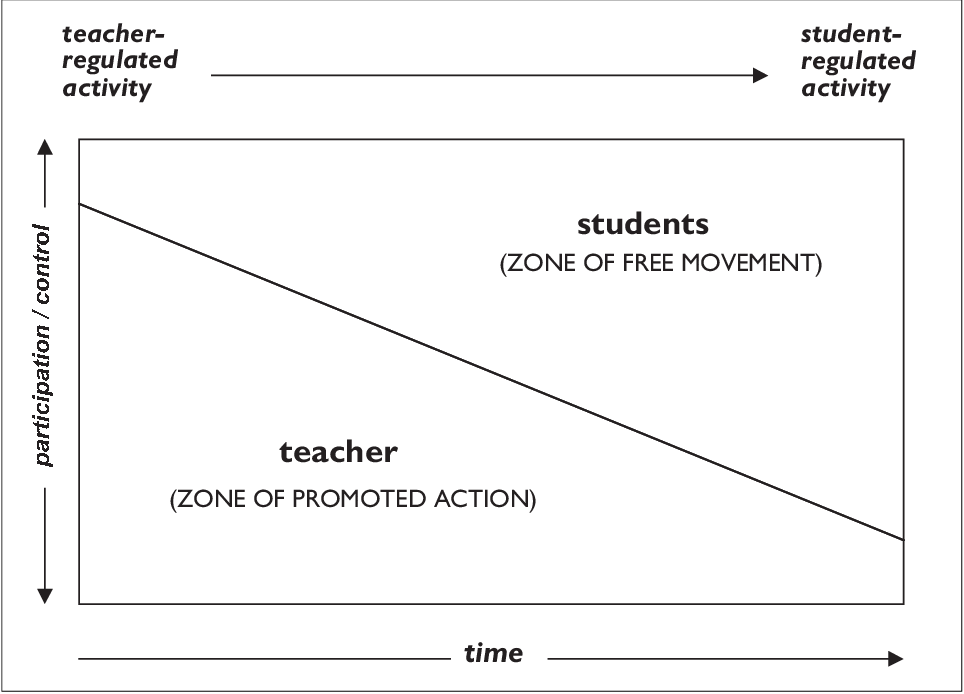

-
I'm Laughing – Insights from Nerdful Mind

I’m laughing and I hope you do, too. At least sometimes. Laughter decreases levels of cortisol and epinephrine, and releases dopamine and serotonin. This makes you feel less stressed, more relaxed, and happier (study). Laughter also improves your immune system by enhancing the effectiveness of T-cells (study) and increasing the number of antibody-producing cells (study). Besides the research, laughing just feels refreshing. And it’s contagious, so people around you can enjoy it, too! Some people laugh less than others, and I’m certainly a smile-more-laugh-less type of person. So a few years ago I made the deliberate choice to laugh out loud more.

Tips for laughing more:
- Spend time with people who make you laugh
- Find comics, videos or jokes that make you laugh and save them for when you need some humour
- Just laugh - smiling on purpose can make you happier (study), so laughing on purpose could do the same thing
“Laughter lets me relax. It’s the equivalent of taking a deep breath, letting it out and saying, ‘This, too, will pass’.” — Odette Pollar
Reading Recommendations
Weekly Mindfulness Practice
- Take a deep breath and let everything go.
- Close your eyes.
- Think about one thing, moment, or person who made you happy today.
- Enjoy that feeling for a few breaths.
- Open your eyes with a smile.
-
"I think being able to age gracefully is a very important talent. It is too late for me." - Clint Eastwood

-
Schauberger on Simplicity
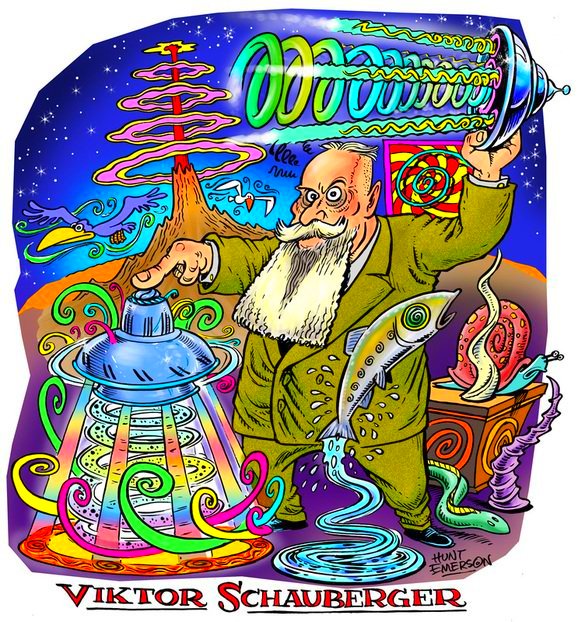
“The majority believes that everything hard to comprehend must be very profound. This is incorrect. What is hard to understand is what is immature, unclear and often false. The highest wisdom is simple and passes through the brain directly into the heart.” ― Viktor Schauberger
“The true foundation of all culture is the knowledge and understanding of water.” ― Viktor Schauberger
-
Chronovisor - allegedly a functional time viewer
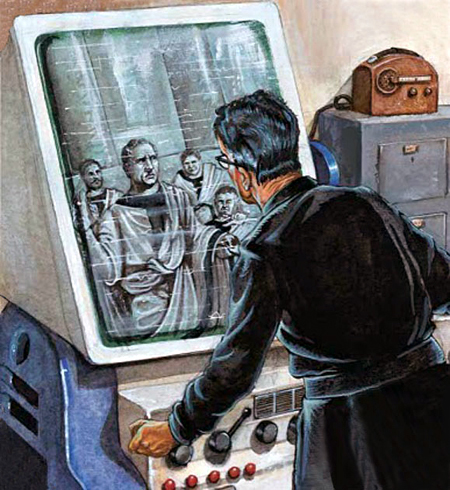
In the early 1960s, Ernetti began to study the writings of François Brune, himself a Roman Catholic priest and author. Ernetti allegedly ended up helping Brune construct the machine as members of a team which included twelve world-famous scientists. He identified two of them as Enrico Fermi and Wernher von Braun. The chronovisor was described as a large cabinet with a cathode ray tube for viewing the received events and a series of buttons, levers, and other controls for selecting the time and the location to be viewed. It could also locate and track specific individuals. According to its inventor, it worked by receiving, decoding and reproducing the electromagnetic radiation left behind from past events. It could also pick up the audio component or sound waves emitted by these same events.







